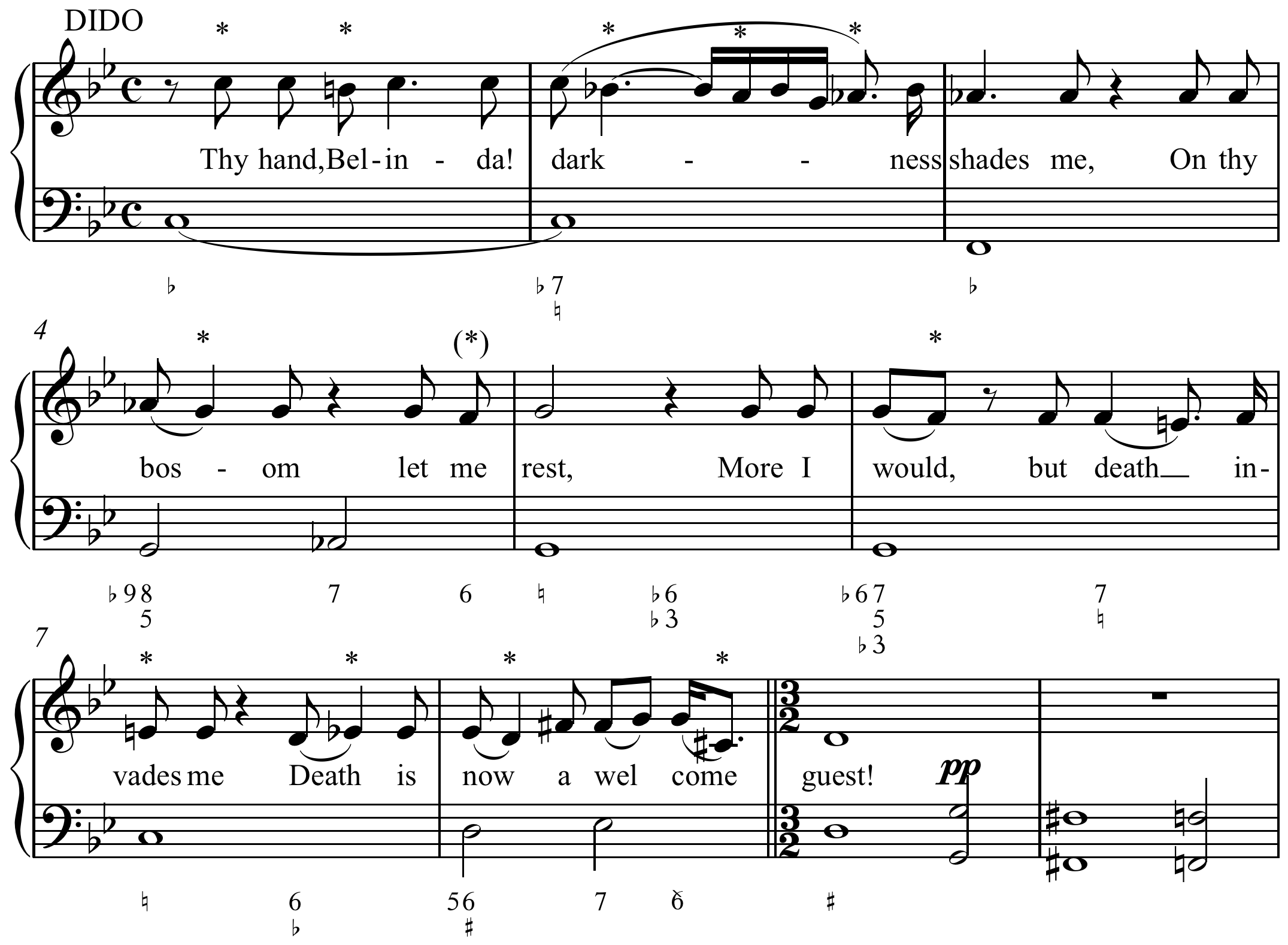
Diatonic and chromatic
Diatonic and chromatic are terms in music theory that are used to characterize scales. The terms are also applied to musical instruments, intervals, chords, notes, musical styles, and kinds of harmony. They are very often used as a pair, especially when applied to contrasting features of the common practice music of the period 1600–1900.[a]
"Chromatic" redirects here. For other uses, see Chromatic (disambiguation).
These terms may mean different things in different contexts. Very often, diatonic refers to musical elements derived from the modes and transpositions of the "white note scale" C–D–E–F–G–A–B.[b] In some usages it includes all forms of heptatonic scale that are in common use in Western music (the major, and all forms of the minor).[c]
Chromatic most often refers to structures derived from the twelve-note chromatic scale, which consists of all semitones. Historically, however, it had other senses, referring in Ancient Greek music theory to a particular tuning of the tetrachord, and to a rhythmic notational convention in mensural music of the 14th to 16th centuries.
The words diatonic and chromatic are also applied inconsistently to harmony:
However,
Instrumental compositions of the late Renaissance and early Baroque periods also began experimenting with the expressive possibilities of contrasting diatonic passages of music with chromatic ones. Here, for example is part of the Virginal Piece ‘His Humour’ by Giles Farnaby. (The title ‘Humour’ should be interpreted as meaning ‘mood’, here.) The first four bars are largely diatonic. These are followed by a passage exploiting chromatic harmony, with the upper part forming an ascending, followed by a descending chromatic scale:
In the following passage from the slow movement of Beethoven's Piano Concerto No. 4, Op. 58., the long, flowing melody of the first five bars is almost entirely diatonic, consisting of notes within the scale of E minor, the movement's home key. The only exception is the G sharp in the left hand in the third bar. By contrast, the remaining bars are highly chromatic, using all the notes available to convey a sense of growing intensity as the music builds towards its expressive climax.
A further example may be found in this extract from act 3 of Richard Wagner's opera Die Walküre. The first four bars harmonize a descending chromatic scale with a rich, intoxicating chord progression. In contrast, the bars that follow are entirely diatonic, using notes only within the scale of E major. The passage is intended to convey the god Wotan putting his daughter Brünnhilde into a deep sleep.